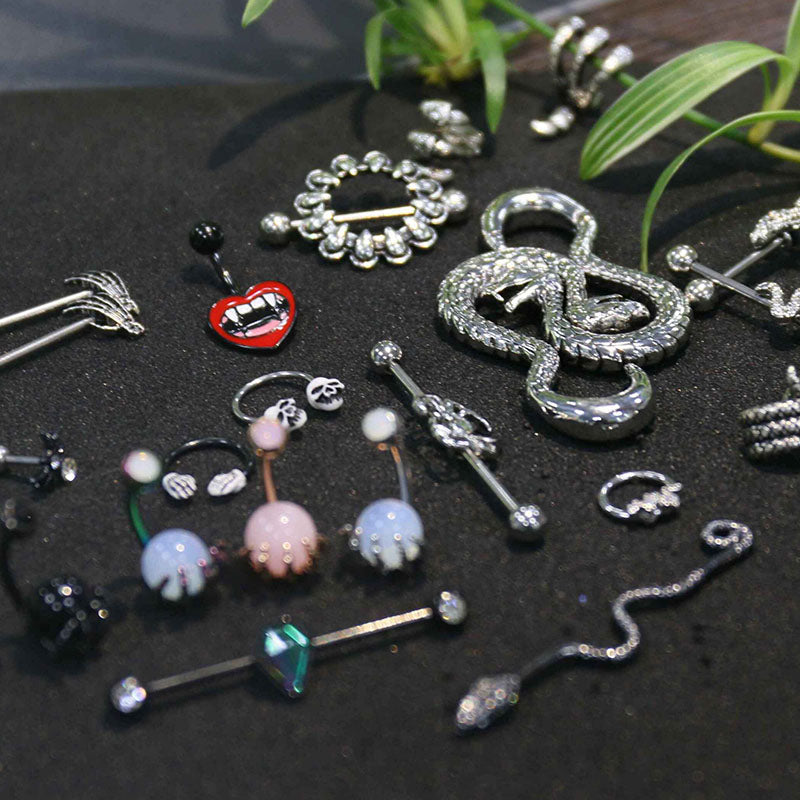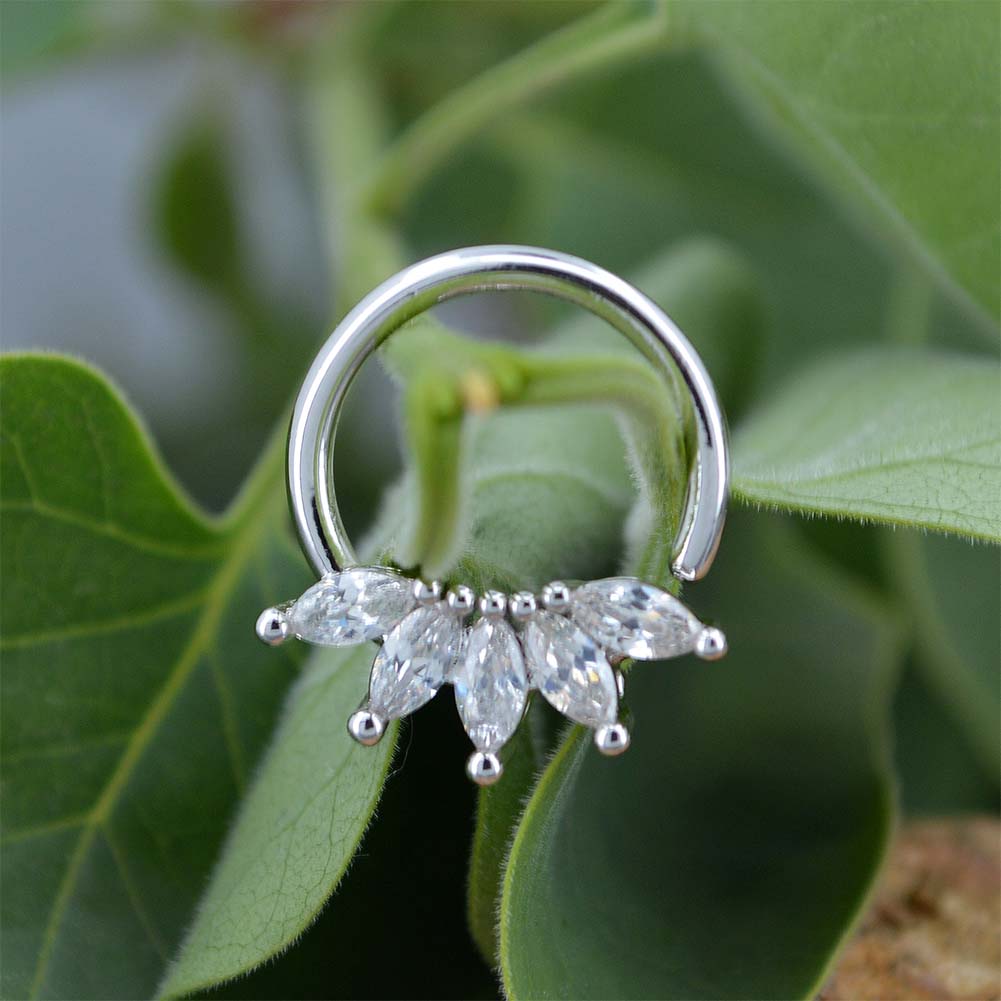
COLD WEATHER AND BODY JEWELRY
As the temperature continue to drop, everybody is getting prepared to protect themselves from the cold, but we should not forget about for body jewelry, most especially for those with body moderations or piercings on any parts of their body. We need to be much more careful during the cold seasons: when we have these piercings on because our bodies are naturally meant to generate heat to warm us up, but when it’s in contact with metal both in and out, our body produces this heat which is in turn absorbed by the metal jewelry on our body thereby generating cold and exposing the body to even more damages.
Metal earrings-especially gold and silver-can enhance the risk of injury, says Dr. Jerold Leikin, associate medical director of emergency services at Rush-Presbyterian St. Luke`s Medical Center.
''What we`re talking about here is accelerated loss of heat,'' says Leikin, who often treats cold-related injuries.
The metal conducts the body`s heat away from the skin, leaving the earlobe even colder than the air already has made it.
The result can invite frostbite, that can cause nerve damage in extreme cases, Leikin says. (In other locations, such as the hands, frostbite can even predispose the victim to arthritis.)
Clip earrings can be culprits, but pierced ones may be even more harmful because they come into contact not only with the surface of the skin, but within it as well.
Other factors that can increase the likelihood of frostbite, which most often strikes in the extremities: smoking and drinking alcohol. People with anemia, diabetes or a vascular disease also have a greater risk of injury because of their bodies` inability to properly regulate its temperature.
If you notice the onset of frostbite-redness, developing into a pallor or lack of normal skin tone, accompanied initially by pain, then numbness-the best remedy is a gradual warming, Leikin recommends. If the numbness persists, or if blisters appear, consult a physician.
The most sensible preventive measure, Leikin advises, is simply to take off the earrings, and minimize exposure of any skin when temperatures plunge. But if street chic is a must, keep outdoor forays brief. . .at least until someone invents insulated earrings.
EXTRAS.
Frostbite, in a nutshell is skin or soft tissue that freezes due to exposure to extreme cold. Our bodies are designed to fight cold, but if we get too cold, the body stops sending warm blood to your appendages (nose, ears, fingers, etc.) and it keeps it near the core of your body to protect your vital organs and prevent hypothermia.
This automatic response by our bodies is wonderful for survival, but not awesome for our piercings. Noses and ears getting cold first with the added metal can cause an extra problem. The jewelry can actually act like a "heat sink" in other words as the jewelry gets cold, it transfers more cold to the pierced area, like inserting an icicle, carrying the cold inside that soft tissue.
Prevention is the best medicine! When you know you will be outside, please take extra precaution and cover those areas that contain your precious piercings. Don't move the jewelry around if the area is cold, and get inside and slowly rewarm the areas. Heavy gauge pieces of metal should be avoided if possible, and if you know you're going to be in the elements for long periods of time, maybe consider acrylic or Pyrex jewelry?



Leave a comment
This site is protected by hCaptcha and the hCaptcha Privacy Policy and Terms of Service apply.